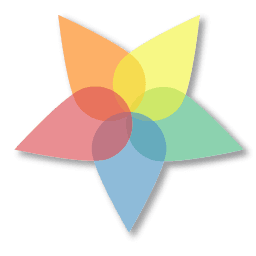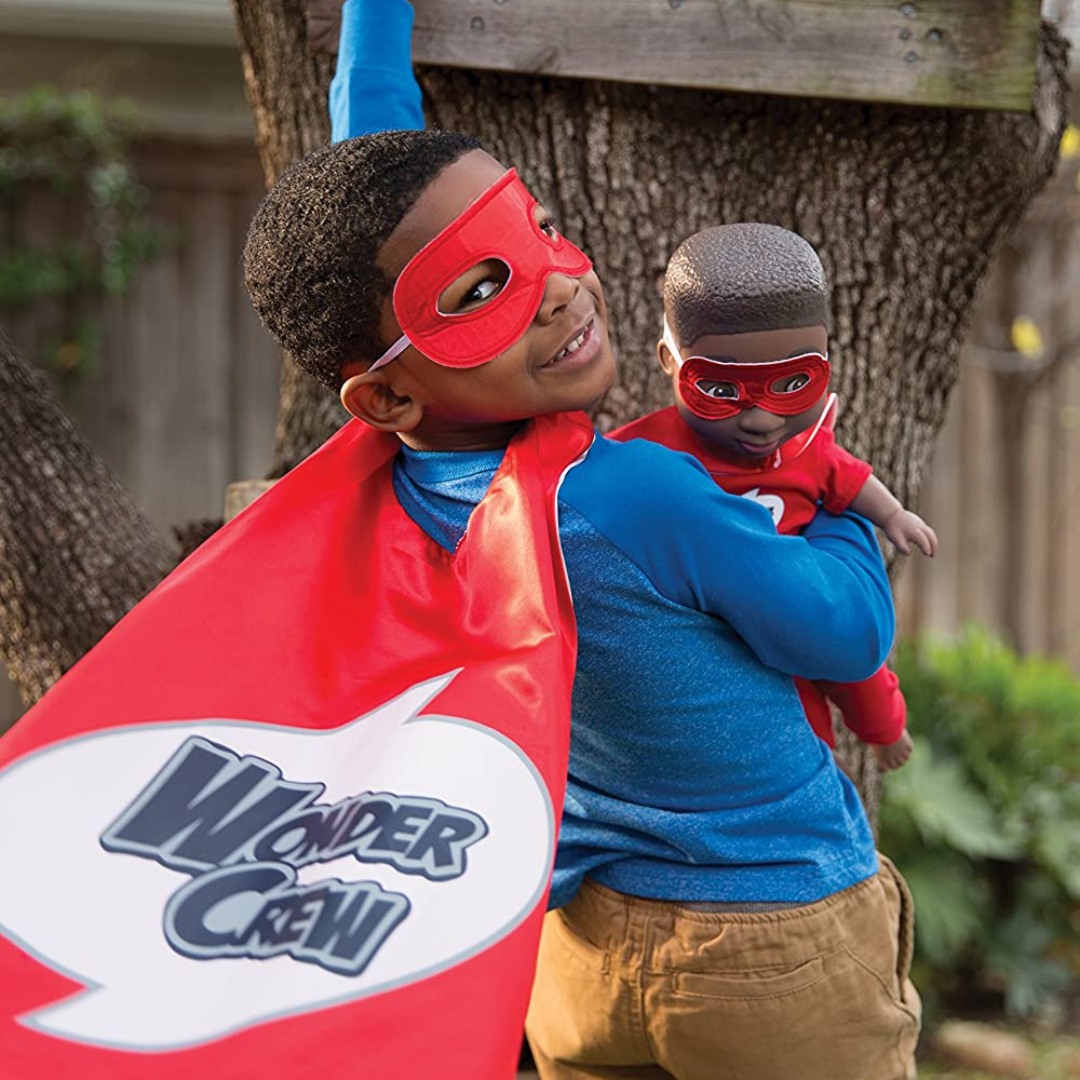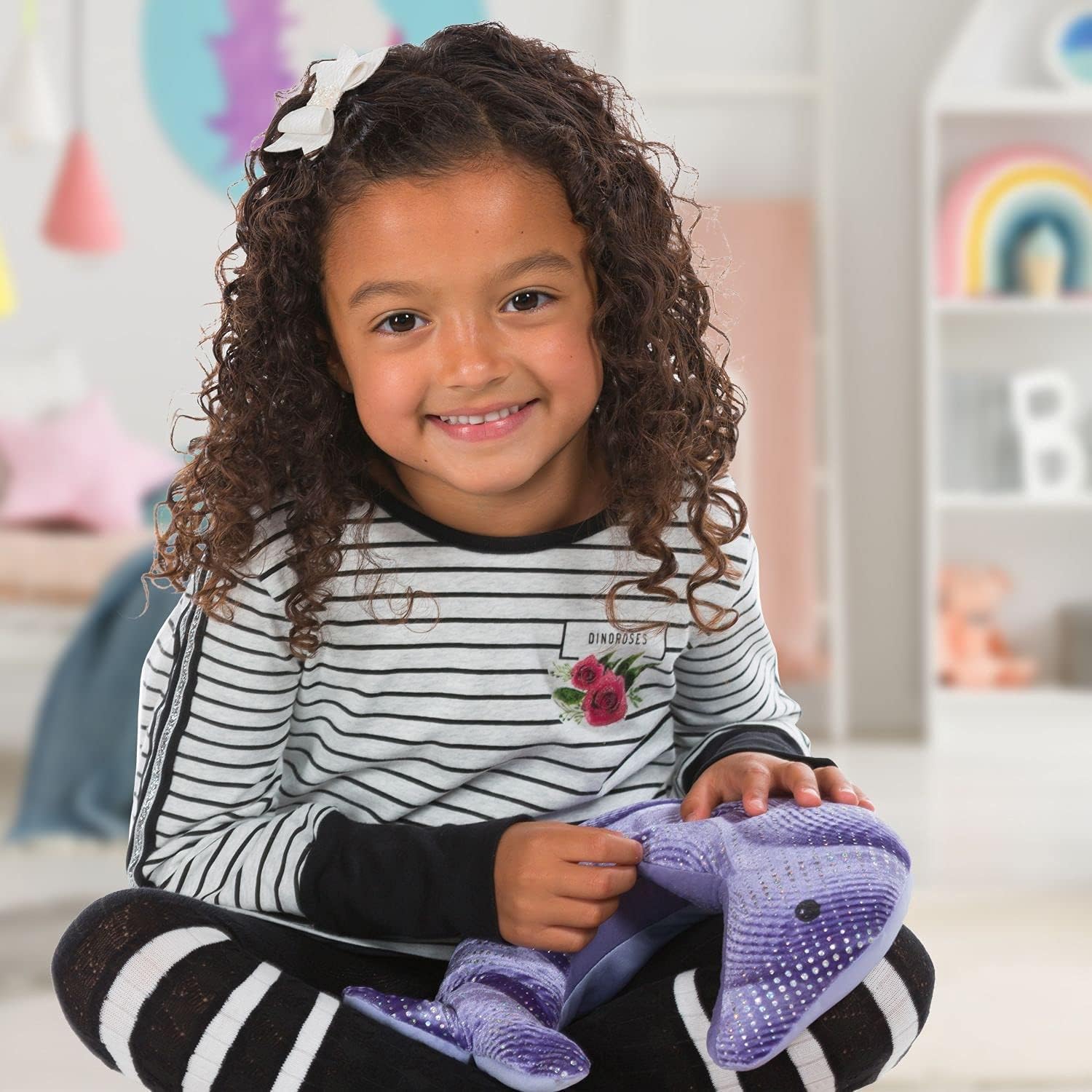Make Learning Fun!
Using beautiful picture books with engaging stories, you’ll teach your child about history, science, math, geography, and so much more.
Hands-on activities, games that inspire imaginative play, building, cooking, doing! That’s what learning with all your senses is all about.
The Best Way To Homeschool
Bringing Learning to Life
Our lessons show you how to engage your child’s senses so they do more than learn, they experience.
Engaging and Fun
You’ll use videos and other online tools to take what you are learning deeper. A wide range of topics to explore and adventures to be had are right at your fingertips.
Based on How Children Learn
Our programs work with your child and their natural curiosity about the world. Your child will learn with all five of their senses with playful games, activities, and hands-on experiences designed to create a deep understanding of the material.
Levels, NOT Grades
Every child deserves to be met where they are. Our programs are not based on age or grade level. They are based, instead, on skill level. We offer programs designed to work for a range of ages so that every child can find the right fit.
Fully Integrated to Teach ... well, Everything!
Every program covers social studies, history, science, art, health, language arts, and math. You don’t need a whole stack of lesson plans. We’ve got you covered so you don’t have to spend your whole day jumping from subject to subject.
Hands-on and Adaptable
Instead of focusing on reading and writing, we’ve built a program that includes hands-on activities, watching videos and engaging in discussions. We’ve included guides on how to adapt activities to your child’s own unique learning style and pace.
Easy To Use
Our programs are designed to fit naturally into your day. Each all-inclusive program requires little to no transition between subjects. And the supply list for each lesson is clear, upfront and includes simple things you have around the house.
Starting The Big Conversations Early
We give you the prompts to have age-appropriate conversations with your child about tough subjects like inclusivity, social justice, discrimination, and kindness. Talking about these things with your child now lays the foundation for the strong, compassionate person they will become.
Meet Laura
Kind Regards,
Laura
Laura Sowdon, OTR/L
Our Blog
Doll Play: For Boys and Girls!
I am a huge fan of dolls as part of imaginative play. I have some tips and things to look for when picking a doll for a child in your life.
Adventures in Homeschooling: Raising Tadpoles!
Class pets are a right of passage and can be a lot of fun. But not all classroom pets are created equal.
Tools Instead of Toys
Toys are great. But sometimes you want to actually DO something instead of pretend to do something. That’s where kid-sized tools come in.
8 Tips for Homeschooling When Your Child Has Autism
Autism is complicated and different people experience it very differently. But there are a few things that seem to help when homeschooling someone with Autism.
Card Games for Everyone – No Reading Required
Card games help kids develop hand-eye coordination and problem-solving. These are some games my family has enjoyed recently.
The Mother of Thanksgiving
Sarah Josepha Hale was a writer, editor, and mother. And she is the person most responsible for making Thanksgiving a national holiday.
My Favorite Toys — Fidget Toys for Focus and Hand Strength
As an OT, I love the new interest in fidget toys. Not all fidget toys work for everyone and some work better than others. Here are some of my favorites.
What’s wrong with screen time? Nothing…but…
Why I think you should limit your kids screen time. And why you don’t need to stress about it.
3 Ways Homeschooled Children Learn to Read and How to Help Them!
Homeschoolers have the luxury of learning to read at their own pace, in their own time, and in their own way. But most children follow one of 3 patterns.


















